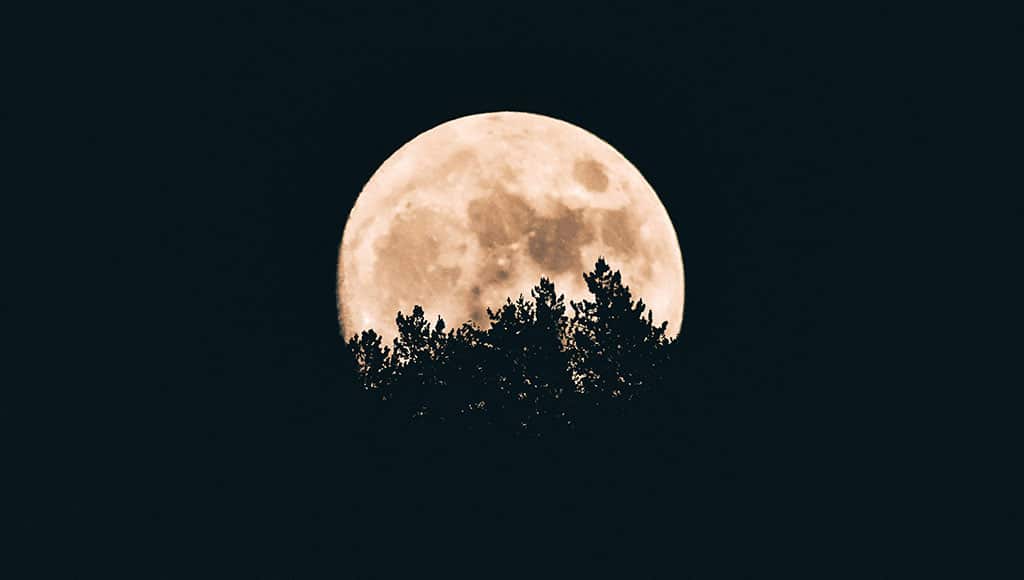Welcome to the March 2024 night sky. This is the month of the Vernal Equinox in the Northern Hemisphere, when the Sun will be seen to be crossing the celestial equator moving north. It happens this year on March 19.
On that day, the Sun rises in the direct east. The implication of this is that the whole world experiences approximately 12 hours of daylight and 12 hours of night on and around March 19. This marks the start of spring in the northern hemisphere.
Planet Venus is visible through the month, only as a morning object, low in the southeast sky around 6am. At this time, on the 7th, Venus is close to the thin crescent Moon and between them is the faint planet Mercury shining a reddish colour.
On March 21, Venus meets Saturn very low in the east. On March 29, Venus is close to Saturn and, higher up, the much dimmer Mars.
As darkness falls, the gas giant planet Jupiter is just three degrees above the Moon and, to the right of the Moon, is the bright star Spica and the star group, The Seven Sisters.
In March, the spring night-sky in the northern hemisphere is marked by the winter constellations of Orion and Taurus setting in the west and being replaced by the constellations of Leo and Virgo rising in the east.
Overhead on spring evenings, we have the well-known constellation of Ursa Major, or the Great Bear, and sometimes called the Big Dipper.
This area of the night-sky is known as The Realm of the Galaxies as, in this direction, we are looking out of our own Milky-Way galaxy into deep space.
In the triangle of the sky marked by the stars Regulus in Leo, Spica in Virgo and Arcturus in Boötes, there will be more faint galaxies than there are stars in our own. None of these faint objects are visible with our own unaided eyes as they are millions and billions of light years away.
Our own Milky-Way galaxy used to be said to have about 100 billion stars 50 years ago, but now, with the discovery of many low-mass red and brown dwarfs, this number is constantly revised upwards with more than 500 billion now being the consensus.
With practically all stars now known to have planets, the total in our galaxy alone must exceed one trillion.
There is only one meteor shower visible easily in March and this is only from the southern sky – that is the Normids with a peak of only six meteors per hour on the night of the 14th.
The Moon is first quarter on the 3rd, new on the 10th, last quarter on the 17th and full Moon on March 24.
By Clive Jackson
|| features@algarveresident.com
Clive Jackson is the director of the Camera Obscura – Tavira EYE attraction, located near the Castle of Tavira. Specialising in education and public outreach.
281 322 527 | info@torredetavira.com www.torredetavira.com




















